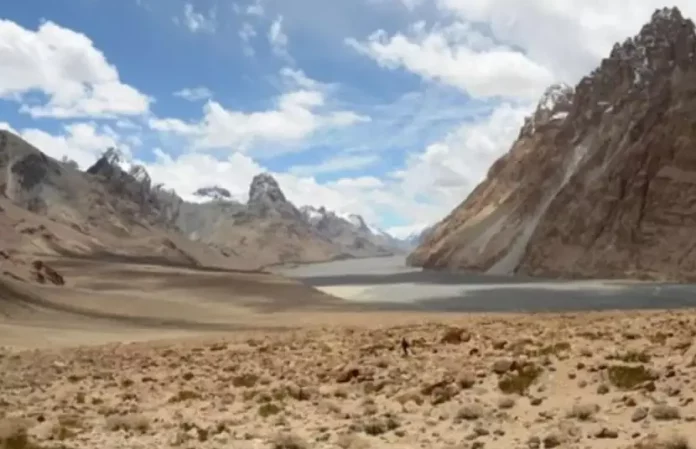
China’s Road Construction Threatens Siachen | India On High Alert: Recently, Nature Desai shared satellite images on X social media, revealing China’s construction of a road in the Himalayas, specifically across the Aghil Pass. This road, at an elevation of 4,805 meters, extends into the lower Shaksgam Valley, bringing it within 30 miles of the crucial Siachen Glacier.
India’s Concerns and Strategic Response
India has expressed deep concern over this development, particularly due to its proximity to the Siachen Glacier. Journalists and defense experts fear potential threats from both China and Pakistan. India’s Ministry of External Affairs has lodged a formal protest, reiterating its disagreement with the 1963 border deal that ceded the Shaksgam Valley to China. This underscores the ongoing tension and sensitivity surrounding territorial claims in the region.
China’s Road-Building Capability and Intentions
China’s ability to construct roads in challenging terrains like the Himalayas showcases significant engineering and logistical prowess. While the current infrastructure may not pose an immediate threat to India’s position, analysts speculate on China’s long-term strategic intentions. The construction could potentially serve as an alternate route to the China-Pakistan Economic Corridor (CPEC), enhancing China’s strategic flexibility in the region.
Siachen Glacier: A High-Stakes Battlefield
The Siachen Glacier, situated in the eastern Karakoram range, is recognized as the world’s highest battlefield. Both India and Pakistan have maintained troops there since 1984. Despite extreme weather conditions and altitudes exceeding 6,000 meters, the glacier sustains diverse wildlife, including snow leopards and brown bears. However, human and environmental costs are significant, with many casualties attributed to harsh weather conditions.
Understanding the China-Pakistan Economic Corridor (CPEC)
The China-Pakistan Economic Corridor (CPEC), a strategic initiative worth $62 billion, aims to transform Pakistan’s infrastructure and economy by 2030. Key projects include the renovation of Gwadar Port and energy initiatives to add 17,000 MW of power. The corridor spans over 3,000 km, connecting Gwadar to Kashgar. It is expected to uplift millions out of poverty and catalyze social and economic development in Pakistan.
India’s Response to China’s Road Construction
India’s military is closely monitoring China’s road construction near the Siachen Glacier, analyzing its potential military implications. The construction aims to connect the Karakoram Highway with the Upper Shaksgam Valley, raising concerns about possible threats to India’s strategic positions in the region.
Geopolitical Challenges and Future Prospects
China’s infrastructure development in the Shaksgam Valley underscores its strategic ambitions in the region. Despite India’s diplomatic efforts, progress in resolving territorial disputes has been hindered, particularly after the 2020 border clashes in Ladakh and Galwan. India remains committed to safeguarding its territorial integrity, a stance critical for regional stability.
Conclusion: Ensuring Stability in the Region
The situation surrounding China’s road construction near the Siachen Glacier carries significant implications for regional stability. India’s resolve to protect its strategic positions and respond to China’s expansionism will play a crucial role in shaping the future dynamics of the area.
Stay updated with the latest current affairs and insightful blog posts by following FreshersNow. Don’t miss out on future content that keeps you informed and engaged!
| You Can Also Check | |
| Current Affairs | |



